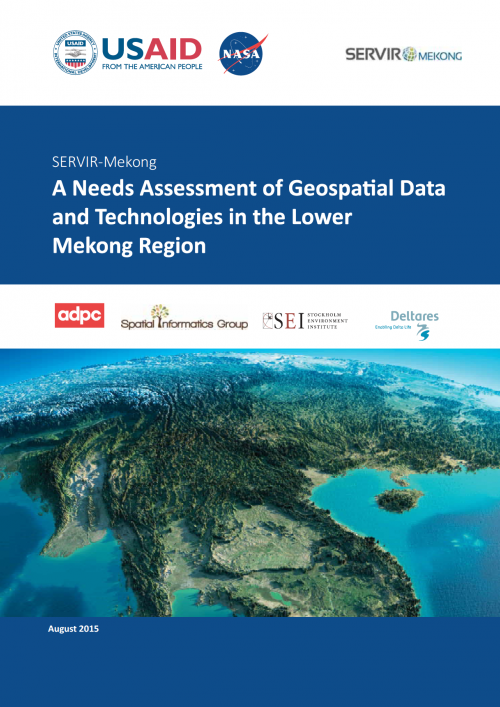
Rapid economic and population growth in the Lower Mekong Region (LMR) – comprising Cambodia, the Lao People’s Democratic Republic, Myanmar, Thailand and Vietnam – continue to drive changes in the region’s water regimes as well as the loss and degradation of natural vegetation and soils. These changes, in turn, are having impacts, often negatively, on ecosystem services, food and water security, and biodiversity. All of these impacts are exacerbated by climate change, further highlighting the need for improved governance and decision making in virtually all sectors.
Geospatial data and technology can contribute significantly to more timely and informed decision making. For example, satellite radar-estimated rainfall can extend the early warning period for serious floods. However, in order to be useful in a given planning, policy or other decision making context, information must reach the right people and institutions at the right time and in the right form.
SERVIR-Mekong, the latest addition to a USAID and NASA-initiated global network of hubs supporting the application of geospatial data and technologies for decision making, carried out a needs assessment in late 2014 and early 2015 to inform the program’s strategic focus as well as provide a resource for other stakeholders seeking to improve the effective application of geospatial data and technologies in the LMR. This report is the result of that assessment.



